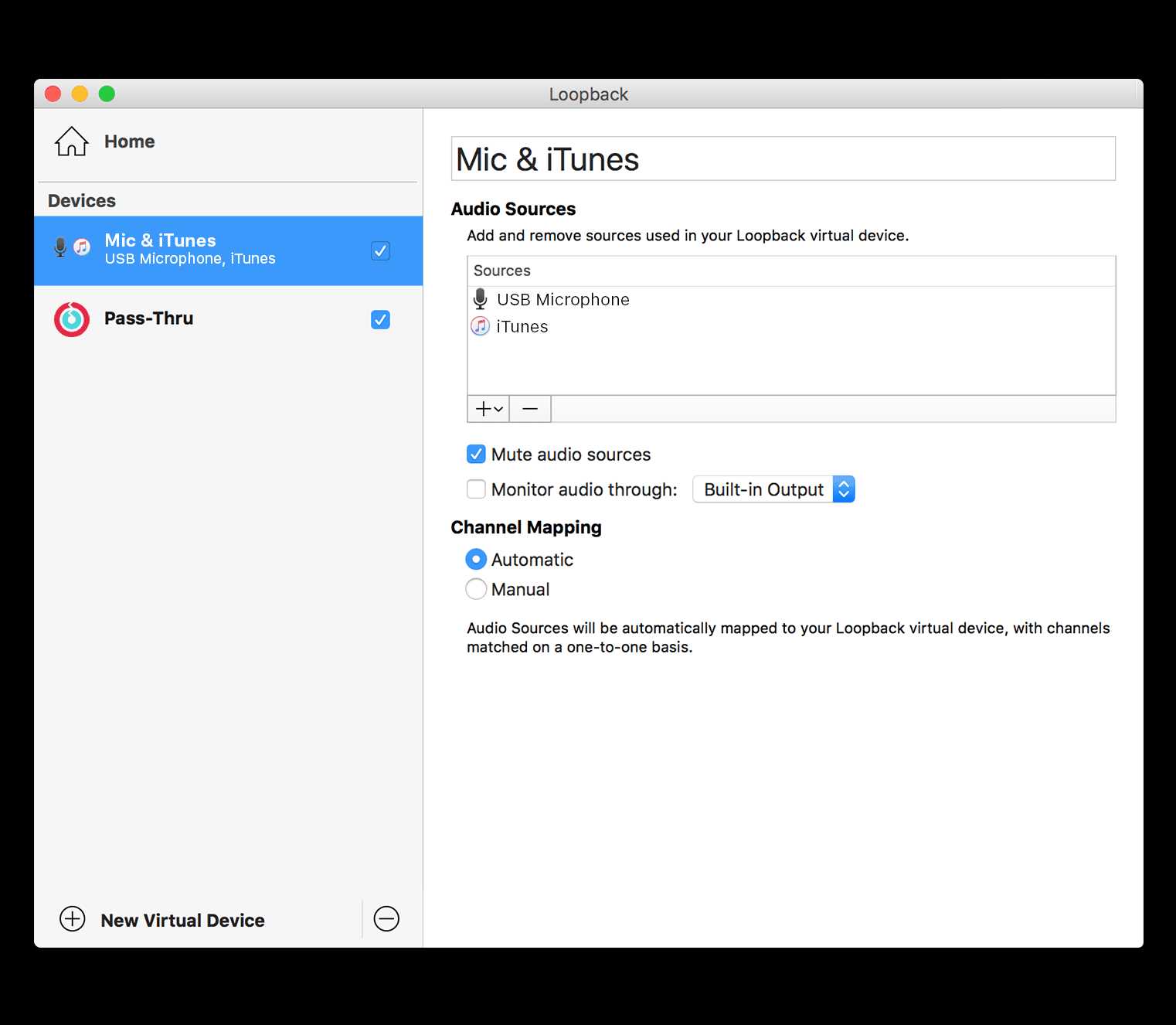
conf extension) sudo nano /etc/modprobe.d/nfĪdd the following into this file. The snd-aloop device also needs configuration, this is done in /etc/modprobe.d/nf (the file can actually have any name as long as it has the. If all worked, you will not receive an error on either of these commands! You will also need to set the executable permission on the rc.local file and enable the service sudo chmod +x /etc/rc.local

If you don’t receive an error, skip to “ Configuration for snd-aloop device” sudo nano /etc/systemd/system/rvice If you receive an error about the unit files having no section, you will need to do the following. Newer versions of Ubuntu do not run rc.local by default so this must be enabled. sudo nano /etc/rc.localĪdd the following into the file (if the file already exists then just add the sudo line.) #!/bin/sh If it doesn’t exist already, create a file called /etc/rc.local which will contain various commands that must be run at startup. The basic concept is similar to Windows, you create two loopback devices (virtual audio cables). The following was completed on Ubuntu 18.04 but should be similar for any Debian derived version of Linux.
#Audio loopback windows software
With Linux, no additional software is required however it will need some configuration completing. Basically, the output of wfview connects to the input of WSJT-X and the output of WSJT-X connects to the input of wfview. In your software, for example WSJT-X, under the Audio tab, Input wants to be “Line 1 (Virtual Audio Cable)” and Output “Line 2 (Virtual Audio Cable)”.

In wfview, Audio Output should be “Line 1 (Virtual Audio Cable” and Audio Input “Line 2 (Virtual Audio Cable)”. Once you have this running, it is simply a case of selecting the Audio Output and Input devices in wfview and your other software.
#Audio loopback windows Pc
I only enabled Line in the “Connected Source Lines”. It records whatever sound is sent to the speakers to a file on your pc (windows vista + I think). The key settings are the Sample Rate (SR) which should be 48000 and BPS Range which should be 16bit. In VAC You will need to create two “Cables” as per the image below:

#Audio loopback windows free
VB-Cable is a free alternative that can be downloaded from it should work and we will hopefully get a chance to test it at some point. Windows Virtual Audio Cableįor Microsoft Windows users, we have tested Virtual Audio Cable which must be registered and costs $30 for non-commercial use. For USB connected rigs, you can simply use the USB audio devices provided by your rig. The following are only required for users who are connected to their rig via LAN/WiFi. We have tested configurations in both Windows and Linux but similar functionality can be achieved in MacOS using a tool called SoundFlower These are effectively loopback sound cards that the transmit and receive audio are sent via wfview and allow your digital mode software (WSJT-X, Fldigi etc) to connect to it. It is necessary to create “virtual audio” connections. Effortlessly adjust levels, mute mics and set volume. To be able to use wfview with digital modes like FT8, PSK etc.


 0 kommentar(er)
0 kommentar(er)
